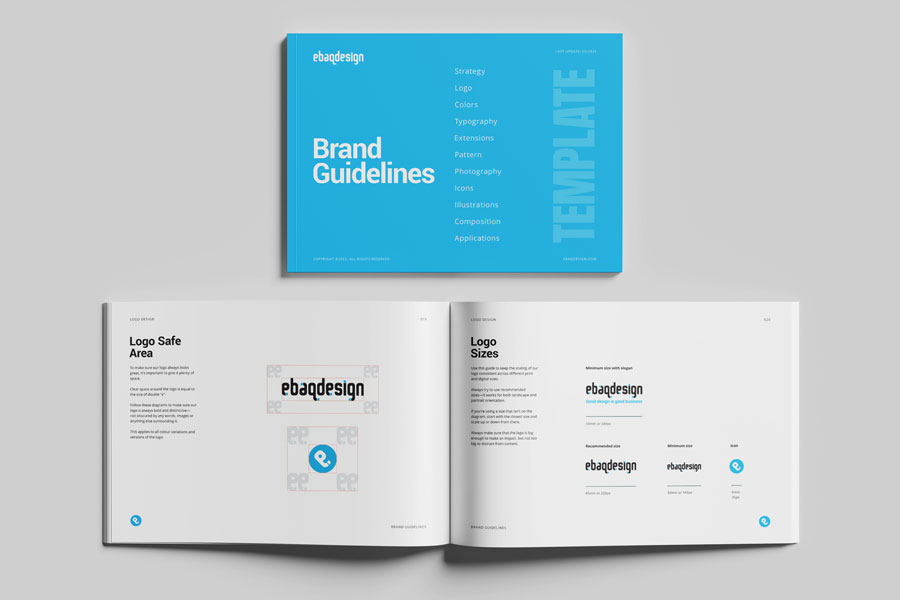Positioning is a crucial aspect of brand strategy that often gets overlooked. While many people associate branding with visual identity, the truth is that your brand's narrative and how it resonates with your target audience is equally, if not more, important. In this blog post, we will explore the concept of positioning and its significance in brand strategy. We will also delve into the challenges faced by business owners and marketers when it comes to positioning and highlight a unique technique called productive distancing. So, let's dive in and unlock the power of positioning for your business!
Positioning is the process of defining how your business stands out in the market and how it is perceived by your target audience. It goes beyond mere visuals and encompasses your brand narrative, verbal identity, and communication strategy. Visual identity is crucial, but it is the narrative, the story you tell, and the messaging you use that truly differentiate your brand from the competition.
As Jackie Bebenroth, an award-winning positioning expert and agency founder, explains, "A brand is not just about the logo or the look and feel of the site. It's about what you do, how you do it differently, and ultimately why that matters to your audiences." By focusing on your brand narrative and communication strategy, you can establish a strong and meaningful connection with your target audience.
Business owners and marketers often face challenges when it comes to positioning their brands. They might be too close to their business, making it difficult to have an objective perspective. As Jackie Bebenroth points out, "Many small and midsize business owners are in the reactive mode. They make decisions based on short-term objectives, without taking a step back to evaluate the true potential of their business."
Productive distancing, the unique technique developed by Jackie Bebenroth, helps business leaders and entrepreneurs step out of their businesses and gain fresh insights. This technique combines internal insights with external ones to envision what is possible beyond the current mindset. By taking a step back, you can truly understand your brand's potential and shape your positioning strategy accordingly.
Jackie Bebenroth emphasizes the importance of starting the positioning process internally, rather than solely relying on external influences. By understanding what your executive team and employees believe your value proposition is, you can evaluate common themes and discrepancies. Next, you create a hypothesis for your value proposition and test it with external audiences.
This approach ensures the authenticity and integrity of your brand, as it is based on what you truly stand for and how you serve your customers. Other positioning strategies that focus solely on external factors may result in a loss of authenticity and a lack of clarity about your brand's identity.
While Jackie Bebenroth cannot disclose specific client examples due to confidentiality, she refers to brands like Patagonia and Outdoor Voices as successful positioning stories. These brands stand for something beyond their products, elevating them to their full potential.
Patagonia, for instance, sells outdoor clothes, but what sets them apart is their commitment to the environment and giving back. Their initiatives, such as their Wornwear website, encourage consumers to opt for used clothing instead of new, showcasing their dedication to sustainability.
Outdoor Voices competes with established brands like Lululemon by focusing on helping all bodies become more active. They go beyond transactional objectives and prioritize their purpose, resulting in a loyal following and increased customer lifetime value.
AI tools, like chat GPT, are revolutionizing the marketing industry, assisting marketers in various aspects of their work. Jackie Bebenroth recognizes the value of these tools and has used AI to support her team's efforts. AI can assist in generating mood boards, developing rationales, and even suggesting names for products.
However, Jackie emphasizes that branding is an intuitive and emotional practice. While AI can assist with data and content generation, the strategic decision-making process still requires human expertise and intuition. AI is best utilized as an assistant, rather than a replacement for human strategists.
Positioning your business is crucial for building an authentic brand that resonates with your target audience. By focusing on your brand narrative, verbal identity, and communication strategy, you can differentiate yourself from the competition and establish a strong brand presence. Through the technique of productive distancing, you can gain fresh insights and envision the true potential of your business.
Remember, positioning starts internally and is based on what you truly believe in as a brand. Align your internal values with external influences to create a clear, authentic, and powerful brand identity. Take a step back, evaluate your positioning strategy, and unlock the full potential of your agency. Jackie Bebenroth, founder of Muse Headquarters, a creative agency specializing in helping businesses tell their unique stories and connect with customers, emphasizes that every business possesses a distinctive narrative that can inspire, engage, and convert audiences.










